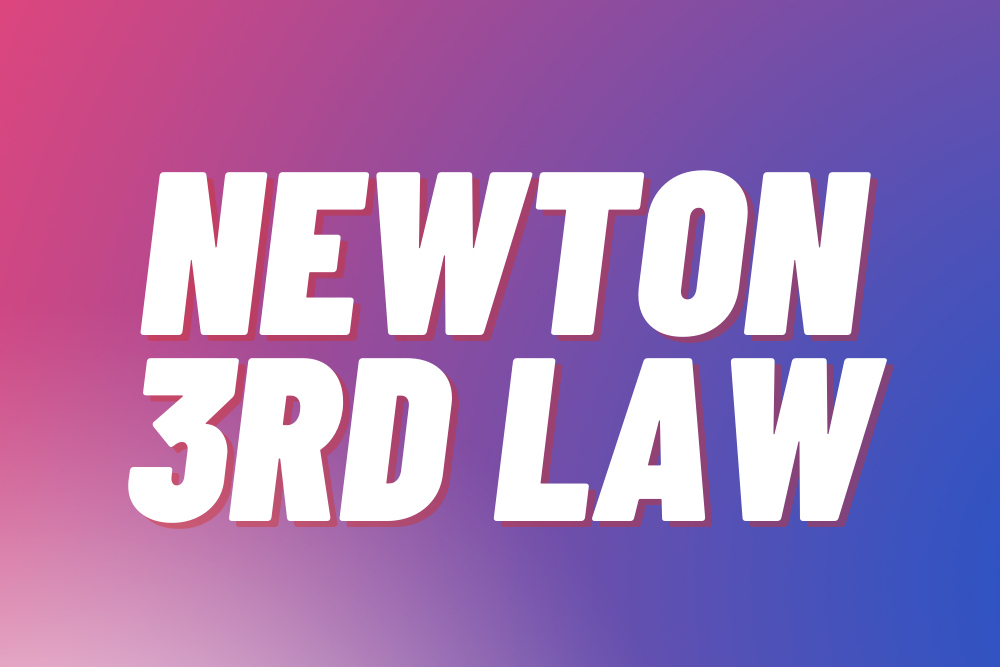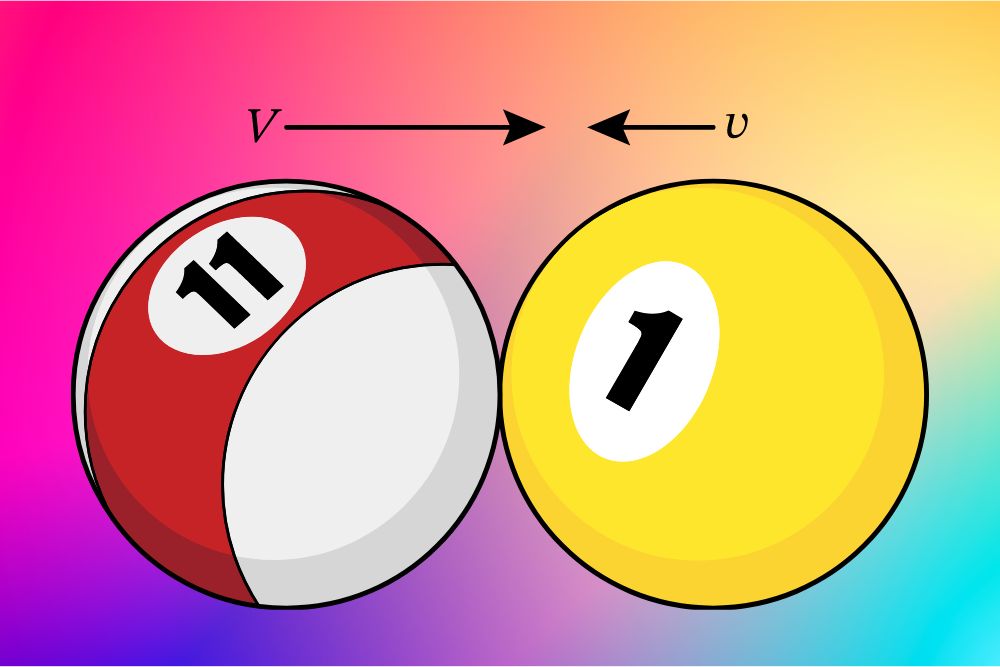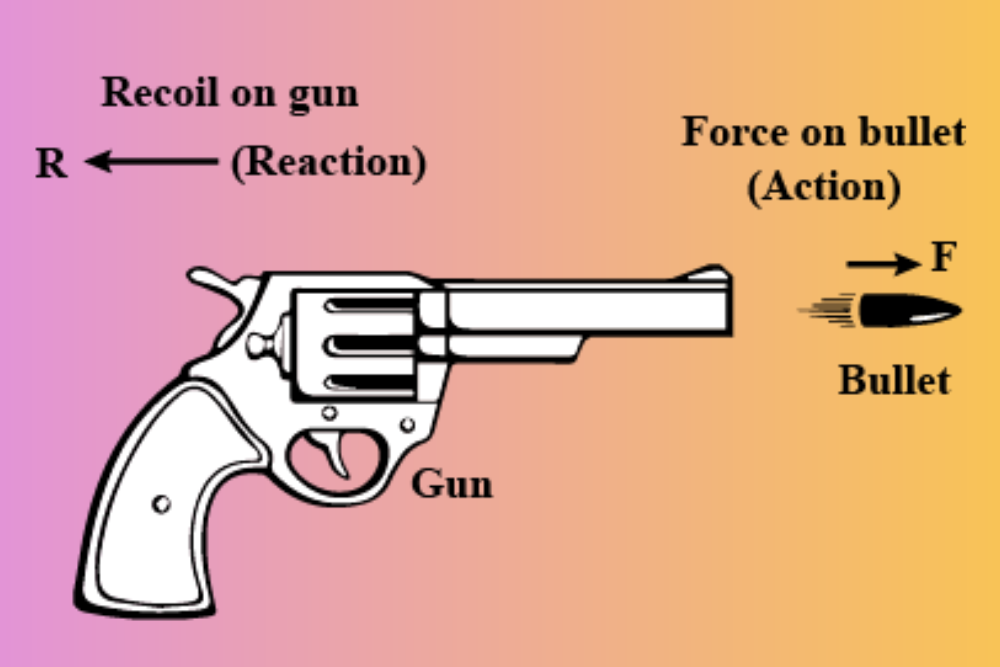
Newton’s third law: If object A exerts a force on object B, then object B must exert a force of equal magnitude and opposite direction back on object A.
If you’ve ever observed someone pushing against a wall, you’re likely aware that an object produces a force of identical magnitude and direction on another object. In other words, if one object presses against a table, a second object will push back in the opposite direction. This is known as the reciprocity principle. The third law applies to the same circumstance, but not necessarily to objects at rest.
As a basic illustration of the law of equal and opposite forces, a book balanced on a table might be used. A single book is in equilibrium. A force is applied to the first book by a second book placed on top of it. The weight of the second book is the same as the first. The mass of the two books will remain the same, but the second book will be heavier, hence raising F3. If the moon were to fall from a greater height than the earth, it would experience a larger acceleration. This is due to the fact that the moon has less mass than the earth. If the moon is falling toward the earth, its speed will rise relative to that of the earth. However, the distance between the earth and the moon will also affect velocity. The resulting acceleration is proportional to each object’s mass and equal to their difference in mass.

Students may be able to relate the Third Law of Motion to their daily lives. For instance, a cyclist may pedal down a hill; if the bikers were able to explain the accident using Newton’s law, they would have a better job cycling the pedals. It would be easier to see why people are so infatuated with cycling and other sports if this law were applied. This regulation applies to automobiles, trucks, trains, aircraft, and even humans. The second law of Newton involves internal and external forces and calculates the force an object exerts on another object. The third law, commonly known as the Law of Momentum, describes the connection between these two notions. Therefore, an object’s acceleration is proportional to its mass, and its velocity is the system’s force.

This law states that for every action exerted on a body, there is an equal and opposite response. The response force is the push or pulls experienced by a body when it comes into contact with another thing. This force exerts a force on the object in turn. In Newtonian mechanics, however, this rule is not always applicable. Nonetheless, it is an essential component of physics.
When a firefly jumps from an airplane into a reef, the third law of Newton is also successfully applied. This is a fantastic illustration of the Third Law of Motion in action. The rocket must have a bigger mass force than it otherwise would. This force must be larger than the rocket’s mass for it to reach its goal. The same logic applies to the mass and acceleration of a rocket.

